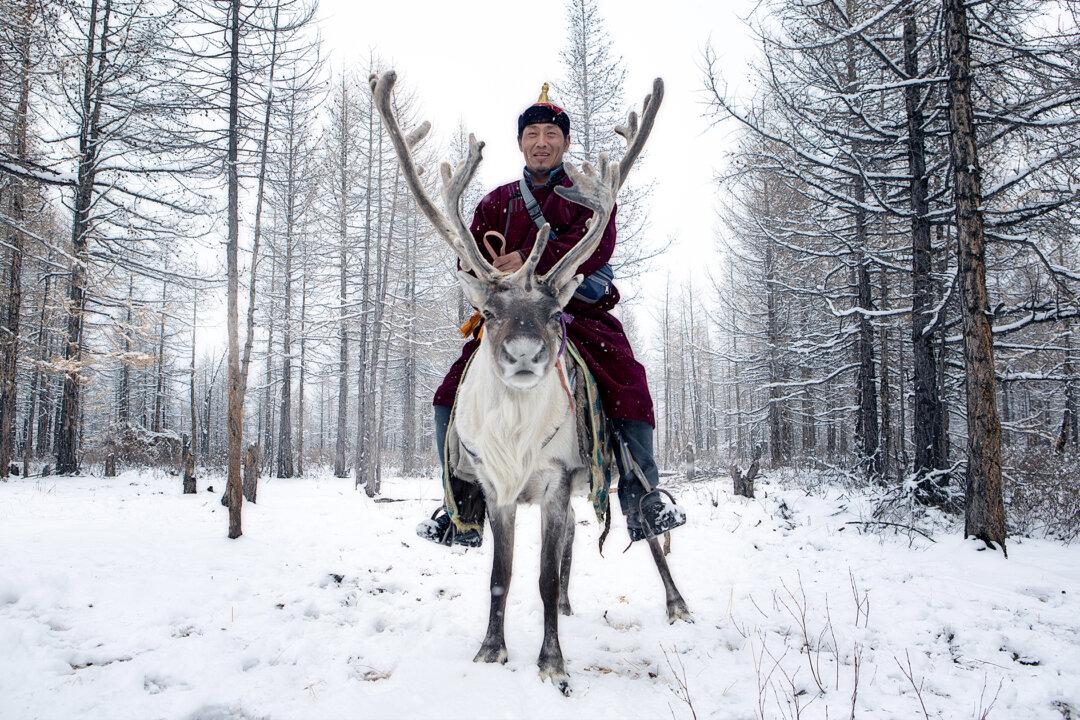Inspired by the perseverance of the Dukha people—a community of reindeer-herding families living in harsh conditions on the Mongolian-Siberian border—two Spanish photographers traveled to this far, inhospitable land to meet and photograph the families and share their way of life with the world.
Both natives of León, Spain, 52-year-old Sandra Ballesteros, a nurse by trade, and 55-year-old Miguel Celis Puente, a bank clerk, set off to meet the Dukha in September of 2019.





